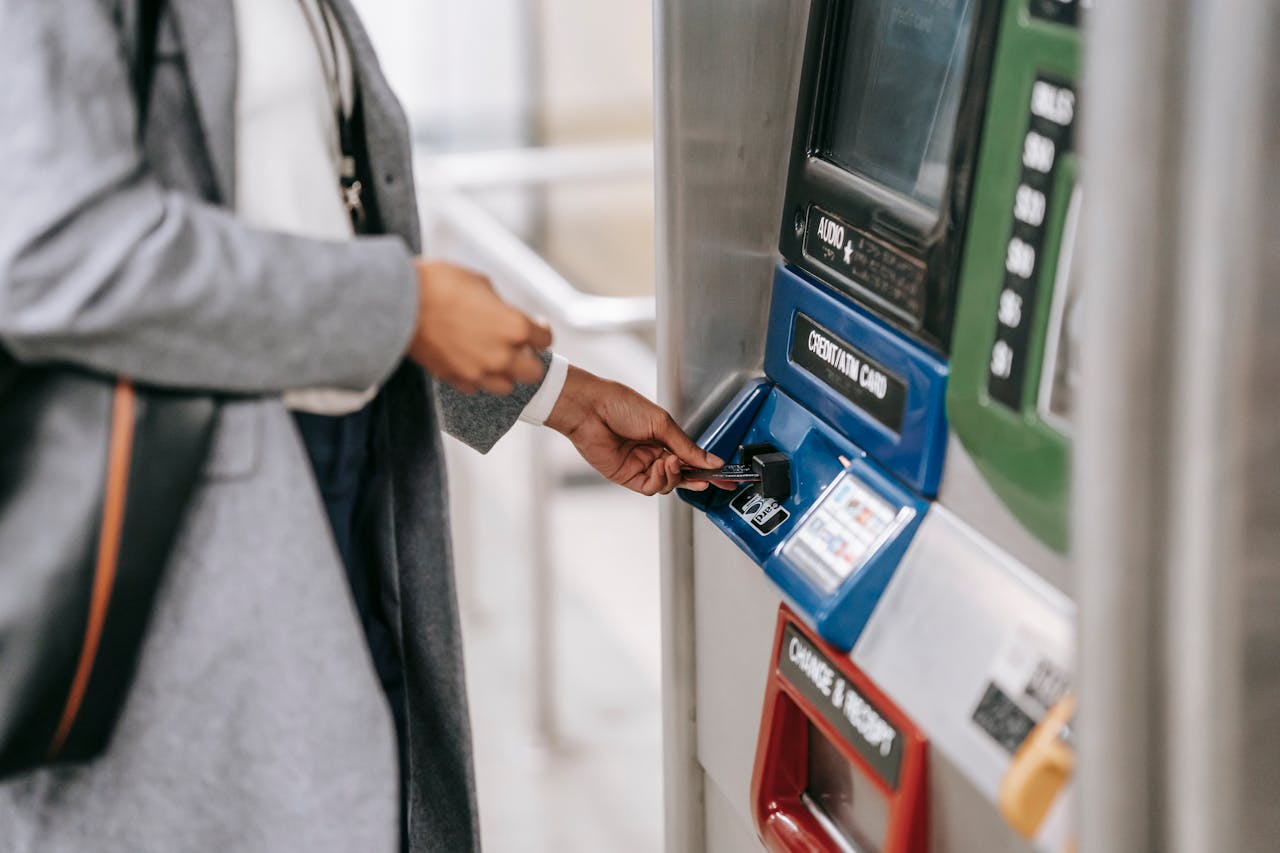

Despite being one of the world’s leading producers and exporters of agricultural products, there has been no major development in agribusiness growth in the Philippines. In recent years, destructive typhoons and extreme weather conditions have dampened the development of the country’s agricultural industry.
Traditional farming methods being applied by smallholder farms are no longer resilient in the face of climate change. Global supply chain issues and rising fuel prices are also making it harder for agricultural workers to maintain productivity and increase profitability.
Transforming the country’s agricultural and food systems is especially crucial now that the country is recovering from the effects of the COVID-19 pandemic. Reforms and innovations are needed to ensure the sustainability of successful agribusinesses in the Philippines. Improving the competitiveness of rural farmers and fisherfolk will also ensure food security for the country.
How can Philippine agribusinesses contribute to the growth of the Philippine economy, and how can it become more inclusive in order to meet the country’s demand for food? We look at opportunities and solutions that will enable the growth and development of agribusinesses in the Philippines.

At the peak of the pandemic, when strict lockdowns were imposed, many Filipinos suffered from food shortages from the lack of access to agricultural products. In a Food Resilience through Sustainable Hydroponic Agribusiness in the Philippines by YCP Solidiance, it was explained that 2.5 million families in the country, mostly from the low-income bracket in the National Capital Region (NCR), experienced hunger. The region’s dependence on agricultural products from other regions showed the lack of self-sufficiency for crops and food.
There are successful agribusinesses in the Philippines that focus on bringing agricultural products direct from traditional farmers to areas like NCR. Local start-up Agrea launched their #MoveFoodInitiative in 2020 by connecting farmers to private truck owners to deliver their products directly to buyers in NCR. This approach helps in bridging supply chain gaps and addressing consumers’ unmet needs.
Agricultural hobbyists have also begun turning their small urban gardens into profitable endeavors. Some of these entrepreneurs focus on hydroponics, a modern farming technique which utilizes nutrient-rich mineral solutions in lieu of traditional soil-based mediums to grow plants. Local experts have touted hydroponics and urban gardening to help augment the country’s food security issues.
Hydroponics has become increasingly popular in urban areas in the Philippines. Growers apply different techniques to enable them to establish a proper agribusiness from their farms. Lettuce, microgreens, and green leafy vegetables are among the most common products produced by hydroponics growers.
The service industry has overtaken agriculture as the top contributor to the Philippines’ gross domestic product (GDP). Introducing smart technologies and improving farmers’ access to financing will allow the agriculture sector to support the growth of the Philippine economy. Not only can farmers increase their productivity and profitability, they can also expand their capacity for exportation of agricultural products.
Start-ups that focus on delivering crops and livestock to urban areas in the Philippines can also be enabled by investments in infrastructure and biosecurity systems. Government support for farmers and distributors through the modernization of agriculture will need to focus on bringing buyers and producers together to improve access to both food and compensation. As agribusinesses in the Philippines continue to explore new techniques and partnerships, it can also achieve sustained growth while ensuring food security.

Leading the Charge: Major Players in SEA’s Digital Lending Market
The fintech lending market in SEA is poised for substantial growth, including digital lending which is set to surpass digital payments as the primary revenue driver for the region's digital financial services sector by 2025, with a compound annual growth rate (CAGR) of 33%. This growth is fueled by the widespread adoption of automated loan origination processes and the seamless integration of financial services into digital platforms.

Unlocking Opportunities in the SEA Digital Financial Services Landscape
In recent years, Southeast Asia (SEA) has emerged as a hotbed for fintech innovation, transforming the financial landscape across its diverse markets. This transformation is characterized by a surge in digital financial services (DFS), revolutionizing how individuals and businesses manage their finances. However, the journey is not without its challenges, and understanding these is crucial for stakeholders aiming to navigate this rapidly evolving sector.

How SEA Startups are Navigating Funding Challenges
The startup ecosystem in Southeast Asia (SEA) has long been a vibrant hub for innovation and growth. However, recent global economic shifts and the aftermath of the COVID-19 pandemic have ushered in a new era of funding challenges.

Challenges for Sustainable Recovery in Southeast Asia
Sustainable recovery in Southeast Asia faces numerous challenges, yet also presents significant opportunities for green growth. Addressing sustainable issues is crucial for achieving a resilient and sustainable future.